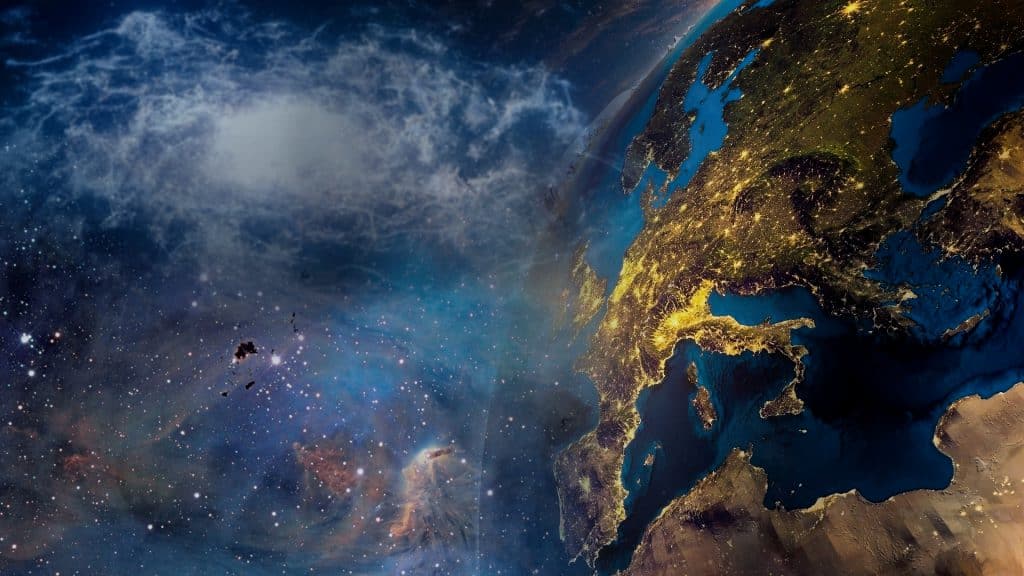
A mysterious ‘ghost glow’ equivalent to 10 fireflies has been found around our solar system that persists even when other light sources, such as stars and planets, are subtracted.
The discovery of the ghost glow was made as astronomers set out to see how dark space could be, which they did by examining 200,000 images taken by NASA’s Hubble Space Telescope and removing the expected glow, but a small excess of light prevailed.
Scientists can’t be sure of the source of the light, but they assume the source is a previously unknown ball of dust from comets, reflecting sunlight. If confirmed, the researchers said this layer of dust would be a new addition to the known architecture of the solar system.
Scientists have discovered a ghostly glow surrounding our solar system while analyzing images taken by NASA’s Hubble Telescope.
Researchers believe the glow could be sunlight reflecting off the dust, a theory reinforced by an event in 2021 which saw astronomers use data from NASA’s New Horizons spacecraft to measure the sky background.
The measurements were made in an area where there would be no dust, but the spacecraft still detected a glimmer of light.
Whether it could be ‘decaying matter’ or even remote galaxies, the source of the light is unclear.
«The source of the background light seen by New Horizons also remains unexplained,» NASA explain. «There are numerous theories ranging from the decay of dark matter to a huge unseen population of remote galaxies.»
Tim Carleton, of Arizona State University, explained: «If our analysis is correct there’s another dust component between us and the distance where New Horizons made measurements. That means this is some kind of extra light coming from inside our solar system.
«Because our measurement of residual light is higher than New Horizons we think it is a local phenomenon that is not from far outside the solar system. It may be a new element to the contents of the solar system that has been hypothesized but not quantitatively measured until now.»





